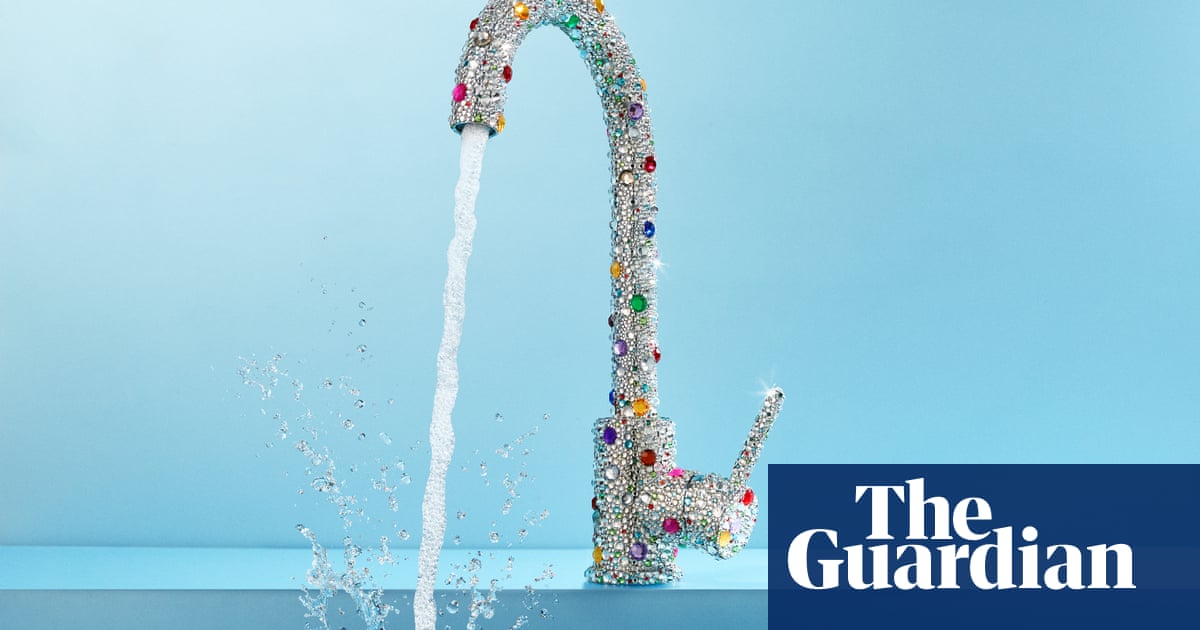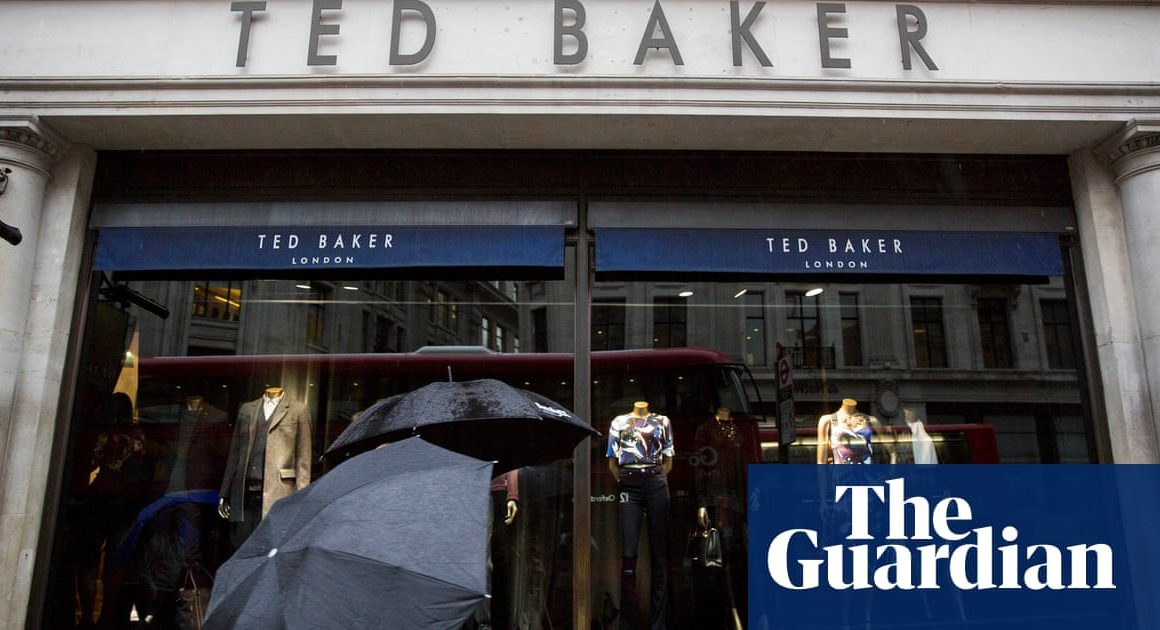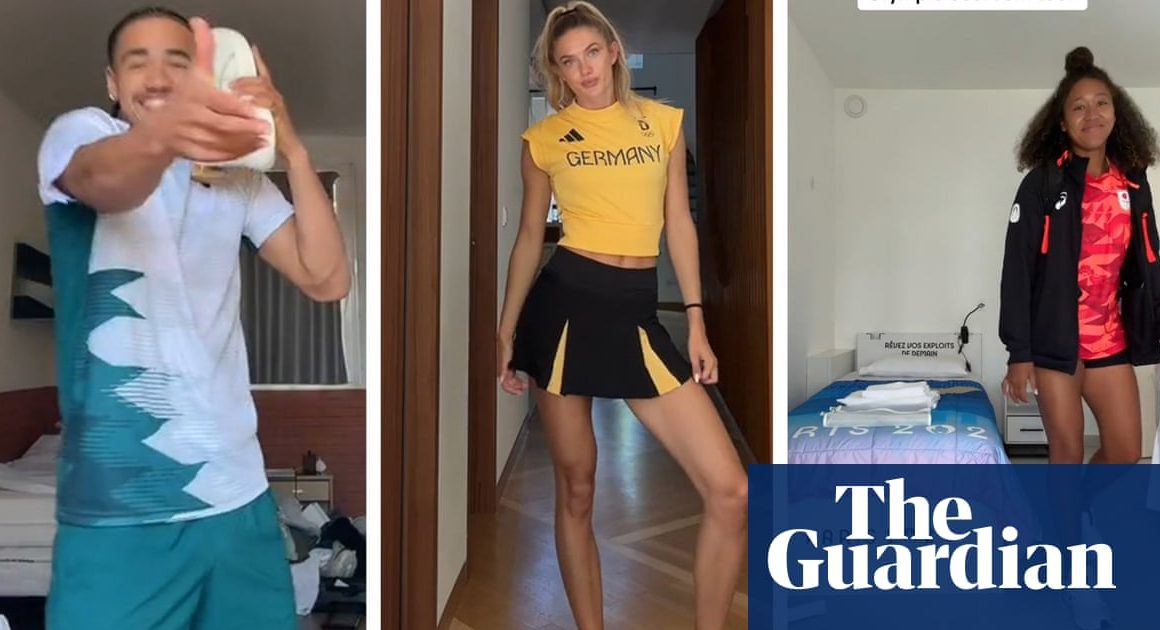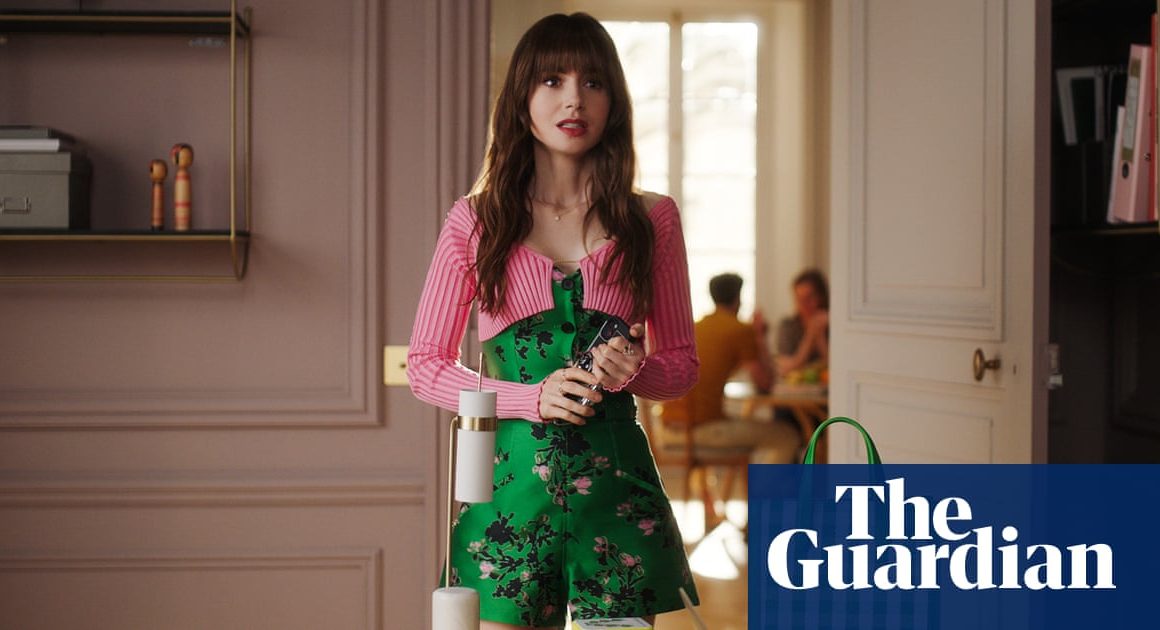Towards the end of 2009, Camper English achieved a major breakthrough in his kitchen in San Francisco. After months of experimentation, English, a drinks industry consultant, created the perfect piece of clear ice: a cube with minimal fissures and microbubbles, as transparent as air.
His method for making clear ice â freezing water in an insulated container, which forces tiny bubbles towards the edge and leaves the rest of the block clear â is now widely copied in bars. English has also written The Ice Book: Cool Cubes, Clear Spheres, and Other Chill Cocktail Crafts, and has found his algorithmic niche as Instagramâs top âice cube reporterâ. He regularly shares pictures of bevelled spheres, ridged gems and crystalline pebbles on his account @alcademics, all tagged with #IceBling.
Directional ice cubes are the tip of the iceberg when it comes to aspirational water consumption in the 2020s. From water sommeliers offering tasting menus and artisanal water harvested from Svalbard glaciers to ionised water said to rebalance your bodyâs natural pH, it has become a fearsomely complicated business.
Water is the simplest thing we consume and perhaps the only one that is truly essential, since without it, life cannot exist. The fact that a quarter of the world does not have access to clean, fresh waterought to be a more urgent priority. But it seems there is something in our hypermodern capitalist mindset that simply cannot countenance a product so free, egalitarian â and boring. So we have to come up with ways of making even tap water aspirational, exclusive and, above all, expensive.
For some, even clear ice no longer cuts it. New Yorkâs Bar Moga has taken to importing ice from Japanâs Mount Haku, more than 6,000 miles away. Whatever you think about the idea of shipping ice halfway across the world, there is a science to the use of ice in drinks. An old fashioned cocktail, for example, will benefit from a single large sphere, which will chill the drink with minimal dilution. AÂ mint julep demands crushed ice, as cool fast-melting water is essential to the drinkâs balance.
And yet it makes almost zero difference to the taste if that ice is tap water frozen in an old takeaway container (my preferred method) or a sliver of air-freighted Japanese glacier. The trend is, of course, driven by Instagram, where people like to post about their drinks of choice. âIf social media didnât exist, none of this would have happened,â English says.
Iâm guessing you have acquired four or five insulated metal flasks in recent years? Leading manufacturer Chillyâs has just launched a TikTok campaign to try to reassert its dominance, which is interesting in itself: if the aim really was cutting down on waste, youâd think weâd all just need one of these things.
If you live with a preteen, you may also have been pestered for an AirUp (£25-£59) â a water bottle that comes with aromatic pods so that while consuming ordinary water, youâre smelling flavours from Kola to Pineapple. This is either a fairly harmless way to encourage children to drink more water or, as a fellow parent observed, a gateway to vaping.
And then thereâs the Stanley Quencher cup â a 1.2-litre insulated vessel that prompted riots when it launched in the US â now on sale in the UK (from £44.95). Stanley, formerly a fairly workaday US producer of vacuum flasks, has seen tenfold growth since 2020, when it appointed Terence Reilly (the man credited with turning Crocs sandals into high fashion) as president. The success of the jumbo cup is attributed to a canny viral marketing campaign on TikTok, where the cup appears in almost 1bn searches. Many of these centre on the #WaterTok community â quite possibly the strangest such community on TikTok, and thatâs saying something. It mostly consists of videos of people emptying single-use plastic bottles of water into their Stanley cup (undoing any supposed environmental benefits), along with vast amounts of ice, and mixing in various E-number-rich syrups and powders. They then give the drinks names like Unicorn Water and Birthday Cake Water and declare their hydration needs fully met.
Many WaterTokkers seem genuinely persuaded that products such as Skinny Blue Mermaid Syrup are âbasically the same as waterâ since they contain zero sugar and zero calories. Curiously, WaterTok seems to be based on an absolute hatred of plain water â as if the thought of drinking something so tasteless is unthinkable, bordering on offensive.
Dr Chris van Tulleken, who studied the dangers of such products for his book Ultra-Processed People, highlights several areas of concern when it comes to the syrups WaterTok seems to revere. These include artificial flavours (âextremely confusingâ for our bodies), non-nutritive sweeteners such as aspartame (which âaffect the microbiome and seem to increase the risk of metabolic disease and possibly weight gainâ), thickeners, colourings, and the marketing of these products as âskinnyâ, which âleans into a diet culture that celebrates dangerous weight lossâ.
But do we even need to carry such large quantities of water around with us? Nutrition therapist Ian Marber has long argued that the modern obsession with staying hydrated is, in itself, largely a product of marketing: âThe idea that weâre all dehydrated is mainly a good way to sell large cups.â
In truth, he says, while we all need between 1.2 and 1.5 litres of water a day, that doesnât literally mean that we need to get all of that from drinking the stuff neat, let alone carry that volume on our person. âYour kidneys donât say: âOh, this is coffee? Forget it,ââ he says. âThey will even filter out the water in a G&T and use it. And bear in mind that 20% of the water you need comes from food.â
Needless to say, the best thing to drink is ordinary old H20 â and tap water is no different from mineral water from a hydration point of view, says Marber. âBut tap water is mundane and boring. Hence the need to invent new products all the time.â Robinsons, he says, used a similar strategy to sell orange squash (a product Americans seem to have remained mysteriously ignorant of).
Could things go the other way â might we be persuaded to find plain water itself, regardless of what you drink it from, interesting? Enter âfine waterâ subscription services, like Aqua Maestro, which delivers mineral waters to your door each month. And blk, a âfunctional waterâ for gym buffs which markets itself as âthe most delicious, healthy, all-natural functional drink in the worldâ. We have Zac Efron on his Netflix series attending a water tasting and declaring his mind blown.
after newsletter promotion
I order a case of fancy waters from industry supplier Aqua Amore with the aim of getting to know what its founder, Michael Tanousis, describes as âthe dark arts of water tastingâ. As he sees it, an interest in water is natural for anyone interested in food or wine: âItâs healthy. Itâs nutritious. Itâs evocative. A water like Vichy Catalan has an abundance of minerals â itâs naturally carbonated, itâs salty, itâs mindblowing.â
Like wine, natural mineral water has terroir â an intrinsic link with the geology it comes from. Tanousis is a wellspring of knowledge on the way geology affects mineral content, and on the tight regulations surrounding bottled water. The highest grade is ânatural mineral waterâ, which must originate from a geographically specific natural aquifer, underground reservoir or spring and have specific hygienic features. Table water, on the other hand, can be nothing more than filtered tap water. Note also the difference between ânaturally sparklingâ waters such as Badoit, which comes out of the ground fizzy, and âcarbonated natural mineral watersâ such as San Pellegrino, where the bubbles are added at the factory.
What Tanousis is not, he emphasises, is a water sommelier â which he thinks is a silly marketing term. He prefers âaqua mineralogistâ and has devised a method of tasting he hopes will introduce a little rigour into the world of water appreciation.
We begin with Eira, sourced from a 40-metre deep ravine near Eresfjord in Norway, which is popular in Dubai and is reputed to make the worldâs best cup of coffee. Tanousis commands me to hold it in my mouth and write whatever comes into my head, free-association style. I scribble down: âClean ⦠wet ⦠cold ⦠soft around the mouth ⦠it is sinking into my tongue ⦠purifying ⦠thin ⦠â and also âIT TASTES OF NOTHING!â
But this is part of the plan. Eira is a good one to start with, apparently, as it is exceptionally low in mineral deposits. Then we try Hépar, a French mineral water from the Vosges mountains, which comes in a very unfancy plastic bottle that does not scream âartisanalâ. Tanousis has chosen it because itâs extremely high in magnesium (110mg per litre), which is beneficial for, among other things, muscles, bones, nerves, blood sugar and menstrual pains, as well as preventing cardiovascular disease. Itâs completely different from the Eira â and I like it a lot.
Waters vary quite markedly in mineral content (Evian has a much higher content than Volvic, for instance) and people tend to prefer one or the other, Tanousis has found. Many people are deficient in, say, calcium and magnesium, and minerals are generally more easily absorbed from drinking water than just about any other source.
We move on to the sparkling waters. I like Marzia (âbiscuityâ) from the Chianciano thermal spa in Tuscany. But my favourite is Borjomi from Georgia, which comes out of the ground bubbling furiously and also hot, at 40C. It tastes like a delicious Alka-Seltzer and makes an excellent whisky soda, too.
Fancy bottled water is pricey compared with, well, tap water. But itâs not competing with tap water. No one is suggesting you reach for it every time youâre thirsty. As a treat, itâs not very expensive compared with most non-alcoholic beverages â and itâs far healthier. Provided you drink it in moderation â and resist the urge to add Blue Mermaid syrup.
As for everyday consumption, Iâm fine with Bristol tap, unfiltered and in whatever vessel is to hand. Cheap. Healthy. And absolutely immune to any form of viral marketing.












